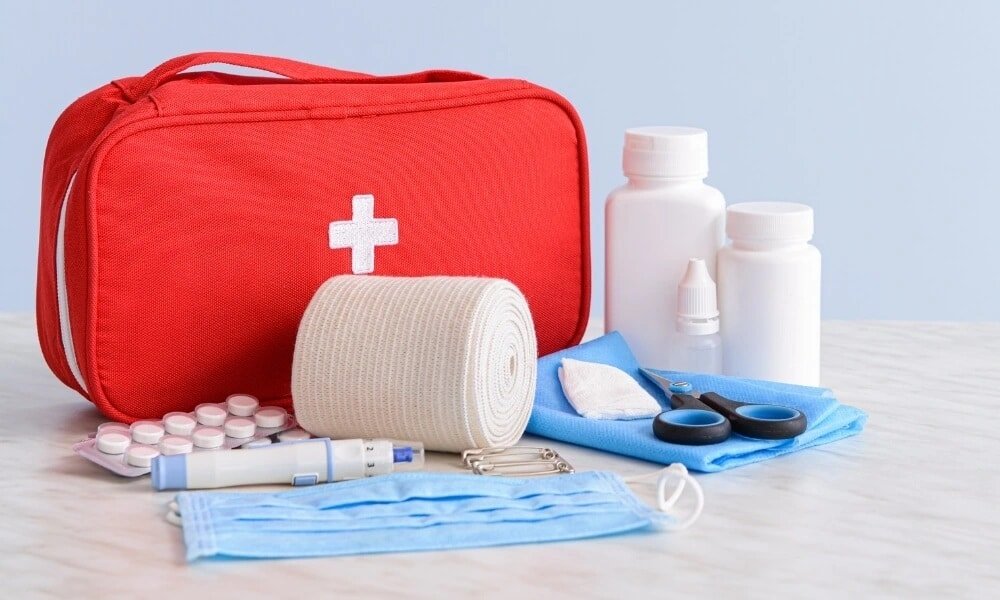As a parent or caregiver, the safety and well-being of your child are always your top priority. However, accidents can happen, and preparing to handle emergencies is essential. One of the best ways to ensure you are equipped to handle a crisis is to take a baby first aid course. This article will discuss the top 6 skills you will learn in this course.
Identifying and Responding to Choking Emergencies
Choking is a typical emergency that can happen to both adults and children. However, babies have a higher risk of choking since they have smaller airways and are prone to putting objects in their mouths. In the course, you will learn how to identify and respond to choking emergencies. This includes the Heimlich maneuver and back slaps, which can help to dislodge the object from the baby’s throat.
Managing Burns and Scalds
Burns and scalds are common emergencies that can occur in babies. In this course, you will learn how to identify the severity of a burn and provide appropriate first aid. This may include cooling the affected area with water, applying a sterile dressing, and seeking medical attention if necessary. Additionally, you will learn how to prevent burns and scalds from happening in the first place, such as keeping hot liquids out of reach and turning pot handles away from the edge of the stove.
CPR and AED Training
Cardiopulmonary resuscitation (CPR) and automated external defibrillator (AED) training are crucial skills that can save a life during a cardiac arrest. In a first aid course, you will learn how to perform CPR on a baby and how to use an AED if one is available. This training can benefit parents and caregivers with babies with known heart conditions or who may be at risk of sudden cardiac arrest.
Dealing with Allergic Reactions
Food allergies and allergic reactions are becoming increasingly common in children. In this program, you will learn to recognise the signs of an allergic reaction, such as swelling, hives, and difficulty breathing. You will also learn how to administer epinephrine using an EpiPen, a life-saving medication that can reverse the effects of a severe allergic reaction. This training is beneficial for parents and caregivers who take care of babies with known allergies.
Preventing and Managing Head Injuries
Head injuries are common in babies and young children, particularly as they begin to crawl and walk. You will learn how to prevent head injuries by creating a safe environment and supervising your child during playtime. You will also learn to recognise the signs of a head injury, such as vomiting, drowsiness, and loss of consciousness. This course teaches you how to provide appropriate emergency care and when to seek medical attention.
Responding to Sudden Infant Death Syndrome (SIDS)
Sudden Infant Death Syndrome (SIDS) is the sudden and unexplained death of a baby under one year of age. It is a tragic event that can happen to any family, and it is crucial to understand how to prevent and respond to SIDS. In a first aid course, you will learn how to recognise the risk factors associated with SIDS. You will also learn to reduce the risk of SIDS by following safe sleep practices, such as placing your baby on their back to sleep and using a firm and flat sleep surface. Additionally, you will learn how to respond to an emergency.
Conclusion
Taking a baby first aid course is an excellent way to ensure you are prepared to handle emergencies. You will learn a range of essential skills that will help you to stay calm and confident in a crisis and, most importantly, could save a baby’s life.







